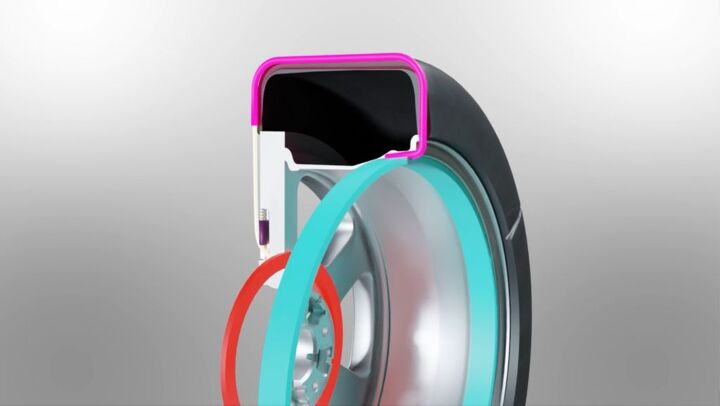Hyundai and Kia's Breakthrough: Shape-Shifting Tires for Safer Winter Journeys
Hyundai Motor Company and Kia Corporation have introduced an innovative snow chain technology for tires, poised to enhance winter driving safety. This new technology incorporates shape memory alloy modules located within the wheel and tire assembly. These modules can be activated to function as snow chains with a simple electrical signal, offering a seamless transition from regular to winter-ready driving.
Effortless Operation and Safety Enhancement
The main advantage of this technology lies in its ease of use. Traditional snow chains require manual installation, which can be both time-consuming and challenging. In contrast, the new system from Hyundai and Kia utilizes shape memory alloy that can be deployed or retracted at the push of a button. This not only saves time but significantly improves safety, especially during unexpected heavy snowfall.
The Technology Behind the Innovation
The design of this snow chain-integrated tire technology is quite intricate. The tire features radial grooves, similar to slices of a pizza, where modules made of shape memory alloy are inserted. When not in use, the alloy remains compressed inside the wheel, resembling the shape of an 'L'. Upon activation, an electric current causes the alloy to return to its original shape, extending out of the tire in a 'J' shape. This extension makes contact with the road surface, thereby enhancing grip and stability in snowy conditions.
Moreover, this technology offers an additional safety feature. In case of severe tire wear, the visibility of the module alerts drivers to the need for tire replacement, ensuring that tire maintenance is not overlooked.
Future Prospects and Development
Currently holding patent-pending status in South Korea and the U.S., Hyundai Motor and Kia are considering the mass production of this innovative technology. Before this can happen, further technological advancements, durability tests, performance evaluations, and regulatory reviews are necessary. This forward-thinking approach reflects Hyundai and Kia's commitment to leveraging advanced technology for real-world applications, focusing on enhancing the safety and convenience of their vehicles.
This article was co-written using AI and was then heavily edited and optimized by our editorial team.
More by TTAC Staff
Latest Car Reviews
Read moreLatest Product Reviews
Read moreRecent Comments
- ToolGuy This thing here is interesting.For example, I can select "Historical" and "EV stock" and "Cars" and "USA" and see how many BEVs and PHEVs were on U.S. roads from 2010 to 2023."EV stock share" is also interesting. Or perhaps you prefer "EV sales share".If you are in the U.S., whatever you do, do not select "World" in the 'Region' dropdown. It might blow your small insular mind. 😉
- ToolGuy This podcast was pretty interesting. I listened to it this morning, and now I am commenting. Listened to the podcast, now commenting on the podcast. See how this works? LOL.
- VoGhost If you want this to succeed, enlarge the battery and make the vehicle in Spartanburg so you buyers get the $7,500 discount.
- Jeff Look at the the 65 and 66 Pontiacs some of the most beautiful and well made Pontiacs. 66 Olds Toronado and 67 Cadillac Eldorado were beautiful as well. Mercury had some really nice looking cars during the 60s as well. The 69 thru 72 Grand Prix were nice along with the first generation of Monte Carlo 70 thru 72. Midsize GM cars were nice as well.The 69s were still good but the cheapening started in 68. Even the 70s GMs were good but fit and finish took a dive especially the interiors with more plastics and more shared interiors.
- Proud2BUnion I typically recommend that no matter what make or model you purchase used, just assure that is HAS a prior salvage/rebuilt title. Best "Bang for your buck"!


































Comments
Join the conversation